(Update 29 June 2014 from Debka File online)
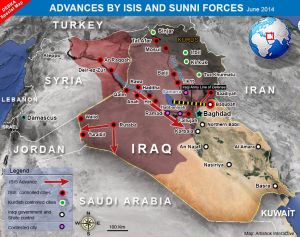 Mid East is sizzling: Armed US drones over Baghdad, Saudi, Jordanian tanks deploy
Mid East is sizzling: Armed US drones over Baghdad, Saudi, Jordanian tanks deploy
DEBKAfile Exclusive Analysis June 28, 2014 (IDT)
The Obama administration announced Friday, June 27, that unmanned aerial vehicles flying over Baghdad would henceforth be armed in order to defend the US Embassy in the Green Zone. The embassy was originally assigned the tasks of guardian of Iraq’s central government and symbol of post-Saddam national unity. These roles have remained out of reach ever since the Americans invaded Iraq in 2003.
Today, the armed drones overhead are reduced to holding back the Islamic State of Iraq and the Levant (ISIS) and its local Sunni allies from overrunning the Green Zone and seizing the embassy, most of whose 5,000 staff were evacuated as a precaution.
President Barack Obama has again decreed that no US soldiers will take part in combat in Iraq. Therefore, American military personnel on the ground will be there to guide the drones to their targets.
Those targets were defined Saturday, June 28, by Gen. Martin Dempsey, Chairman of the US Joint Chiefs of Staff, as striking at ISIS leaders and defending Iraq’s strategic facilities. He did not elaborate.
Debkafile reports that he was referring to the Haditha dam on the Euphrates. ISIS fighters have been battered the town of Haditha on and off for some days.
Its dam is the key to the water supply of most of Iraq, including Baghdad. With its capture, Al Qaeda’s affiliates will have gained control of northern Iraq’s oil refineries and pipeline networks.
US Secretary of State John Kerry in Jordan Friday laid out another piece of the Iraq-Syria imbroglio. He estimated that the Syrian rebel recruits enlisted from among the nearly one million Syrian refugees sheltering in Jordan could be deployed in Iraq for fighting ISIS.
His words were accompanied by the Obama administration’s application to Congress for half a billion dollars to arm and train such a force.
President Obama is therefore in the midst of yet another U-turn on the Syrian-Iraqi war scene – this one involving Israel too.
———————————–
(Here’s some information you probably won’t read in the US mainline media. Long but well worth reading.)
King Abdullah calls up Saudi armed forces on high preparedness. Egyptian troops ready to fly to kingdom.
DEBKAfile Exclusive Report June 26, 2014 (IDT)
Thursday, June 26, the day before US Secretary of State John Kerry was due in Riyadh, King Abdullah summoned a National Security Council meeting “upon the current security events in the region, especially in Iraq,” and ordered “all necessary measures to protect the kingdom against terrorist threats.” This meant a general call-up of military units for a high level of preparedness.
Debkafile’s military sources disclose that Egypt is assembling an expeditionary commando force to fly to Saudi Arabia and bolster its border defenses.
This flurry of Saudi-Egyptian military steps comes in the wake of intelligence gathered by Saudi reconnaissance planes showing Iraqi Al Qaeda-linked Sunni fighters (ISIS) heading for the Saudi border and aiming to seize control of the Iraqi-Saudi crossing at Ar Ar (pop: 200,000).
ISIS and its Sunni allies are still on the march after capturing Iraq’s border crossings with Syria and Jordan earlier this week.
On Wednesday, Kerry warned Mideast nations against taking new military action in Iraq that might heighten sectarian divisions. By then, he had been overtaken by a rush of events, as Debkafile reported this morning.
When the first of the 300 military advisers US President Barack Obama promised the Iraqi government arrived in Baghdad Wednesday, June 25, Iranian and Saudi Arabian arms shipments were already in full flow to opposing sides in embattled Iraq, Debkafile’s military sources report.
At least two cargo planes from bases in Iran were landing daily at Baghdad’s military airport, carrying 150 tons of military equipment. More than 1,000 tons were flown in this past week alone.
Tehran has replicated for the Iraqi army the routine it established for Bashar Assad’s army, furnishing its needs on a daily basis as per its commanders’ requests. Those requests come before a joint Iranian-Iraqi headquarters set up at the Iraqi high command in Baghdad for approval and the assigning of priorities for shipment.
At the same time, Saudi arms are flowing to the Iraqi Sunni tribes fighting alongside the Islamic State of Iraq and the Levant (ISIS) against the Iraqi army and the Shiite Nouri al-Maliki’s government.
They are coming in both overland and by airlift. Saudi arms convoys are crossing the border into Iraq with Saudi and Jordanian air force cover and heading north up to the Al-Qa’im district near the Syrian border. There, Sunni and ISIS fighters, after capturing this key Anbar district, have begun refurbishing the bases and runways at H-2, once one of Saddam Hussein’s largest airbases. Situated 350 kilometers west of Baghdad, this air base has two long runways and hangars for fighter planes and helicopters.
Debkafile’s military sources disclose that, on Tuesday June 24, unmarked civilian cargo planes landed at the base, bringing arms shipments from Saudi Arabia.
The response was swift. Syrian warplanes, on their first bombing mission inside Iraq, tried to damage the partially repaired runways at H-2 to prevent any more Saudi air shipments from landing.
Military sources in Washington confirmed Wednesday June 25 that those air strikes were conducted by the Syrian Air Force “in Anbar province” and left at least 57 people dead and 120 wounded – most of them Iraqi civilians. They declined to say what was attacked, referring only to ISIS-related targets.
That incident was a striking demonstration of the tight operational sync between the Iranian command centers in Damascus and Baghdad, which are attached respectively to the high commands of the Syrian and Iraqi armies.
This coordination offers Tehran the flexibility for its command centers in both Arab capitals to send Iranian drones aloft from Syrian or Iraqi airbases to feed those centers with the intelligence they need for the strategic planning of military operations to be conducted by the Syrian and Iraqi armies.
Iranian command centers in Baghdad and Damascus are fully equipped therefore to decide which Syrian, Iraqi or Hizballah force carries out a planned operation in either Syria or Iraq. Both are now pushing back against further ISIS advances towards its goal of a Sunni caliphate spanning both countries.
This is just what US Secretary of State John Kerry meant when he said in Brussels Wednesday June 25, after two days of talks in Iraq, that “the war in Iraq is being widened.”
He had good reason to sound worried. Shortly before he spoke, the first group of US military personnel, out of the 300 that President Obama had promised, had arrived in Baghdad. But neither Tehran nor Riyadh had consulted Washington before they organized heavy arms shipments to their respective allies in Iraq.
The Iraqi battle arena is become a veritable Babel of war. So far, six countries are involved in varying degrees: the US, Iraq, Iran, Syria, Jordan and Saudi Arabia.
http://www.debka.com/article/24034/King-Abdullah-calls-up-Saudi-armed-forces-on-high-preparedness-Egyptian-troops-ready-to-fly-to-kingdom
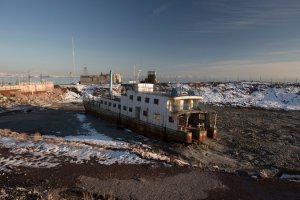
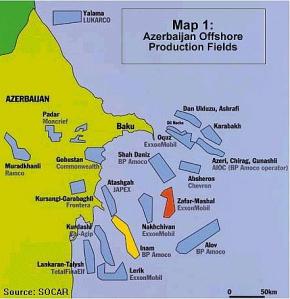
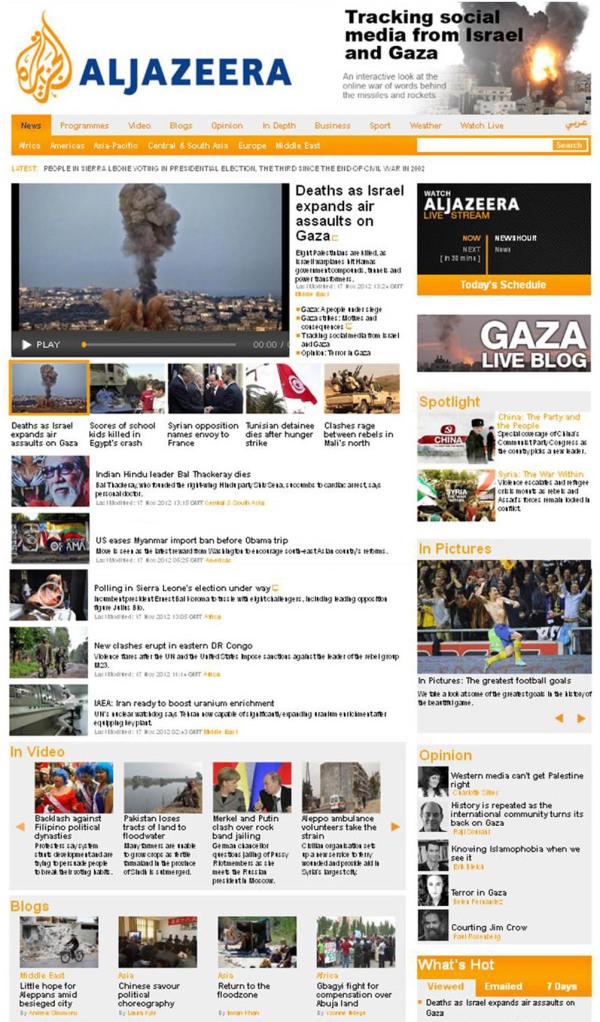







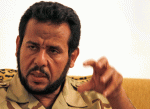



You must be logged in to post a comment.